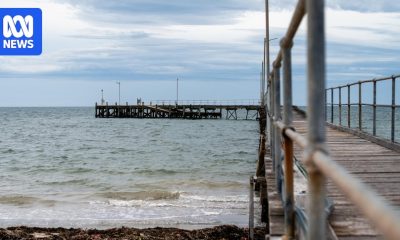Science
What might Earth’s next supercontinent look like? New study provides clues – Science Magazine
Researchers say giant landmasses form at regular intervals in predictable locations

In the next 200 million years, Eurasia and the Americas will collide to form the supercontinent Amasia, according to a model of tectonic plate motion.
Nicolle R. Fuller/Science Source
By Jenny WuJan. 21, 2021 , 10:30 AM
From Columbia to Rodinia to Pangaea, Earth has seen a few supercontinents come and go in its ancient past. Now, researchers theorize that these giant landmasses form in regular cycles, about once every 600 million years. They even predict when and where the next supercontinent will…
-

 General21 hours ago
General21 hours agoSearch underway for missing boat off South Australia’s Cape Jaffa
-

 Noosa News22 hours ago
Noosa News22 hours agoQueensland coroner investigates ‘extremely unusual’ deaths of premature twin boys
-

 Noosa News23 hours ago
Noosa News23 hours agoChristmas tragedy: NSW woman dies after alleged deliberate hit-and-run on Sunshine Coast
-

 Noosa News8 hours ago
Noosa News8 hours agoThe Best Things to Do in Brisbane This New Year’s Eve

